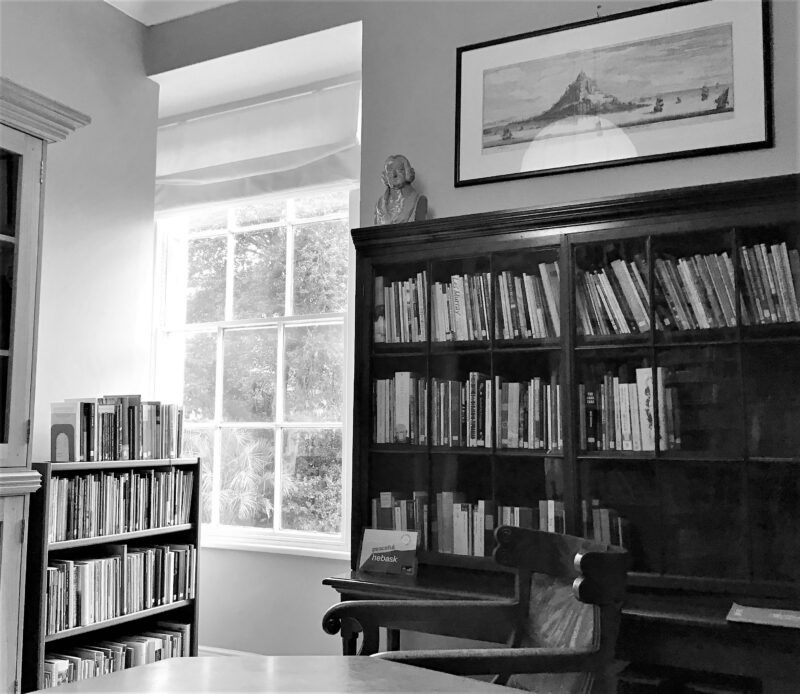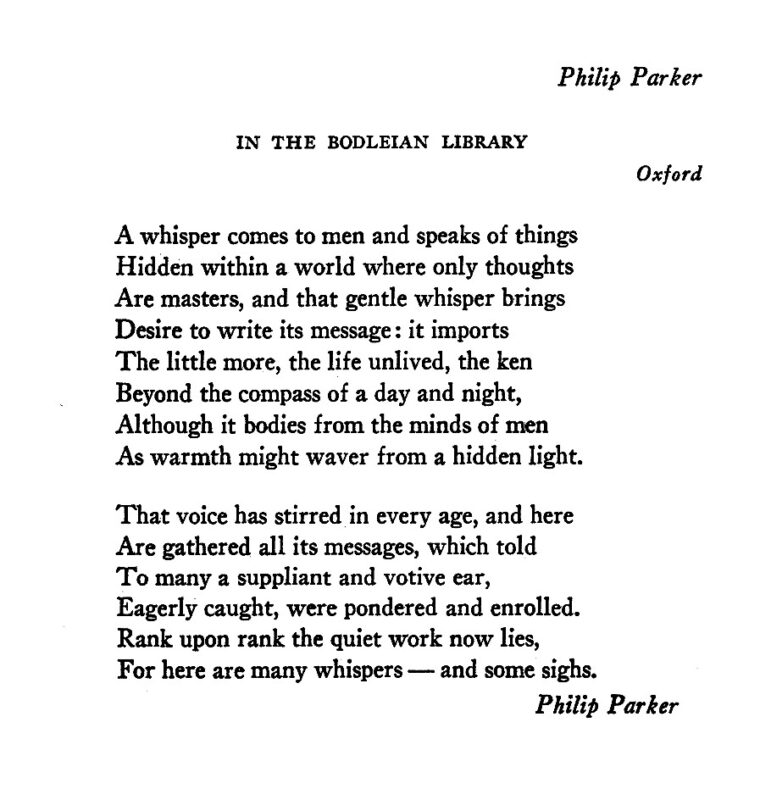by Lisa Di Tommaso | Dec 27, 2021 | Blog, Uncategorized
In the midst of lockdown over 2020 and 2021, Morrab Library was contacted by Alison Shell, Professor of Early Modern Studies at University College London. She had come across a brief citation to an item in our Archive collection, created by the late John Simmonds, who, over twenty years, had created a record on paper of all our holdings – an extraordinary piece of work when you consider we hold more than 5,000 records.
Alison’s curiosity was piqued by this record – all John, and his colleague the notable author and historian P.A.S Pool, had been able to unearth about this unassuming slim volume:
MOR/MAN/5 – ” a volume written in Latin of the texts of several religious plays in the 17th or early 18th century hand. The subjects include King Canute, Earl Godwin and the prophet Mahomet (portrayed as the Antichrist). A gift of the Reverend James Halliwell (1862). Brown leather, bound, 16cm”
She made the long journey from London to visit the library and examine the volume, and her efforts were rewarded with a truly remarkable discovery. Read Alison’s blog to find out more…
A volume of 17th-century Latin plays written by English Catholics, almost certainly at the English College at St Omer, has recently been discovered in the Morrab Library collections (1).
During the reign of Elizabeth I, when it became clear that England would remain Protestant for the foreseeable future, expatriate English Catholics grew increasingly concerned to preserve their faith for successive generations. To this end, they set up educational institutions in continental Europe, of which the English College at St Omer, or ‘St Omers’ – the forerunner of Stonyhurst College in Lancashire — is one of the best-known. Catering mostly for school-age boys, it was run by the Jesuit order, well-known across Europe for its educational efforts. Jesuits knew how effectively drama could develop oral fluency, confidence and memory skills in their charges, and — anticipating present-day educators — made considerable use of it as a teaching aid. Their productions also functioned as a public relations exercise when mounted for distinguished visitors or the local community, often deploying music, dance and spectacle to show off the students’ abilities. Most of all, they promoted the ideals of Counter-Reformation Catholicism in an attractive and imaginatively compelling manner – not least among the young actors themselves. (2)
An important part of the Order’s missionary endeavour, Jesuit drama had an international reach through Catholic Europe and even beyond. Yet it was very much coloured by national concerns, as the present volume demonstrates. Even though its English writers and actors were living and working outside England, they were passionately committed to bringing their mother country back within the Catholic fold. Two plays in the present compilation draw on English history: the tragedy Canutus magno maior (Canute, greater than the great) dramatizes the life of King Canute, the other, Godwinus, is shaped round historical anecdotes about Godwin, Earl of Wessex. The volume also features another tragedy, Clearchus furens (Clearchus raging); an apocalyptic play in which Christ clashes with Mohammed; an untitled dialogue with characters including an angel and a poet; and the allegorical drama Philander, sive Angelus custos (Philander, or The Guardian Angel) (Fig.1). The latter play is signed by Francis Biddulph, a student at St Omers between 1664 and 1670. (3) (Fig.2). Since English Jesuit plays rarely travelled between colleges and had relatively little currency outside them, this makes it overwhelmingly likely that the manuscript was a St Omers production. The inclusion of Biddulph’s work also suggests that the volume was compiled in the mid- to late 1660s, though Philander might still have been read after Biddulph had left St Omers.
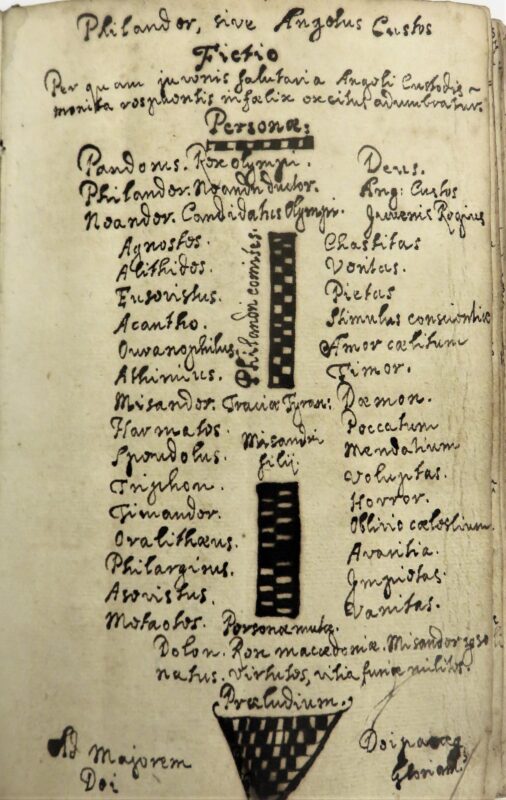 Figure 1
Figure 1

Figure 2
The volume was most probably compiled for reading rather than performance, though it is likely that the plays themselves were put on in some form. The play about Christ and Mohammed may be the apocalyptic drama of which the St Omers register records a performance in 1669, another reason to attribute it to the College (4). No evidence has yet been found of the other plays’ production, but this is not surprising; the dramatic culture of St Omers encompassed everything from classroom performance upwards, and much of it was ephemeral. The more prestigious a production, the more likely it was to be recorded, but even for plays of this kind, records are incomplete and unsystematic. It is unusual, though, for more than one copy of a St Omers play to survive, and the fact that a British Library manuscript also contains copies of Canutus and Clearchus suggests that these particular dramas were relatively high-profile and well regarded (5).

The manuscript came into the Morrab Library as part of a donation of seventeenth- and eighteenth-century playtexts from the Shakespeare scholar James Orchard Halliwell (later Halliwell-Phillipps) (Fig.3, above). One item in his correspondence with the library contains an undated list of books and manuscripts that mentions Canutus and Clearchus (6). Halliwell-Phillipps was a generous donor to repositories, including the Shakespeare Birthplace Trust in Stratford-upon-Avon, Chetham’s Library in Manchester and the Smithsonian Institution in Washington; he had a particular love of Penzance, where he frequently holidayed. He was awarded the freedom of the borough for his patronage, and a bookcase in the Morrab Library bears his name to this day (7) (Fig.4). Seven decades after his death, in 1964, the Library put the bulk of his collection up for sale at a time of financial difficulty, and the collection was dispersed: mostly to Edinburgh University Library, another institution that had benefited from Halliwell-Phillipps’s patronage (8). The St Omers plays were not included, most likely because they were not considered worth selling. Perhaps they were thought to be extraneous to English dramatic history, or peripheral within Halliwell-Phillipps’s collection — or perhaps the Latin was off-putting. But the oversight has had the happy result of preserving this rare and compelling find within the Morrab’s own collections.
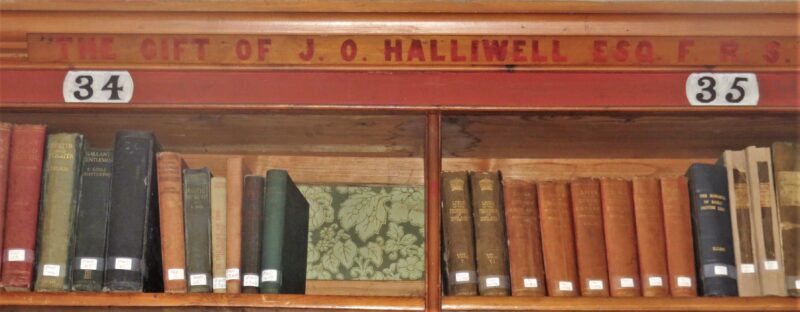
Figure 4
(With thanks to Lisa Di Tommaso; Arnold Hunt; Joe Reed, Archivist at Stonyhurst College; and the Leverhulme Trust for funding my archival research through a Major Research Fellowship.)
Alison Shell (Professor)
Department of English
University College London
FOOTNOTES
1: Morrab Library, MOR/MAN/5.
2: William H. McCabe, SJ., An Introduction to the Jesuit Theater. Ed. Louis J. Oldani, SJ. (St Louis: Institute of Jesuit Sources, 1983), and Paul Shore, ‘Counter-Reformation Drama’, ch.19 in The Ashgate Research Companion to the Counter-Reformation, ed. Alexandra Bamji, Geert H. Janssen and Mary Laven (Farnham: Ashgate, 2013).
3: Geoffrey Holt, SJ. St Omers and Bruges Colleges, 1593-1773: A Biographical Dictionary (S.l. Catholic Record Society, 1979), p.36. For biographical details of another, earlier Francis Biddulph, see Thomas M. McCoog, S.J., English and Welsh Jesuits, 1555-1650: Part 1, A-F, Catholic Record Society, vol.74 (London: Catholic Record Society, 1994), p.170.
4: McCabe, p.99.
5: BL Add MS 41182.
6: Morrab Library, Halliwell-Phillipps correspondence (MOR/LIB/20a).
7: Arthur Freeman and Janet Ing Freeman, ‘Phillipps, James Orchard Halliwell- (1820–1889), Oxford Dictionary of National Biography, online; The Cornishman, 19 October 1893, p.6.
8: Cyril Noall, The Penzance Library, 1818-1968 (Penzance: Penzance Library, 1968), pp.28-9; ‘In the Saleroom’, Times Literary Supplement, 30 July 1964.
by Lisa Di Tommaso | Dec 14, 2021 | Blog
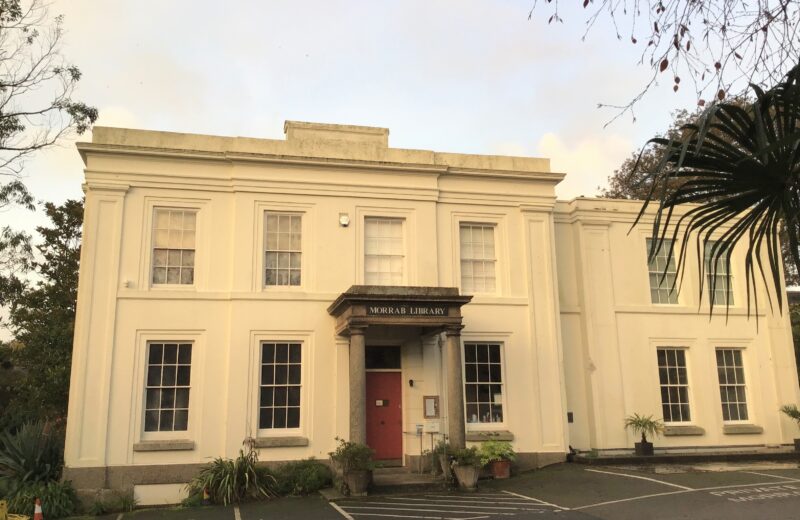
Among the many fascinating items displayed inside the Morrab Library is a bill of sale dated 1887, detailing the accommodation offered at Morrab House. Some of the rooms and stairways are easy to identify, some not, and there seems to have been a certain amount of double counting with regard to bed and dressing rooms… but hey, that’s the property business.
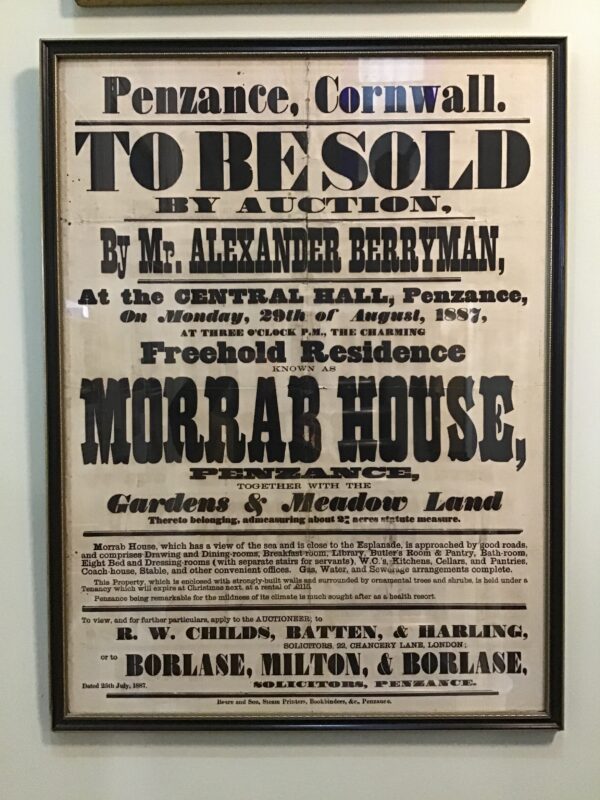
This was the building and land that would later be purchased by Penzance Town Council, keen to establish a garden for the pleasure of residents and the better class of tourist – and in the process acquiring the house, more or less by accident.
The original owner, Samuel Pidwell, had been a notable man. Educated at Oxford, in his youth he had made an early ascent – the 17th – of Mont Blanc. Back in Penzance, he married his cousin Ann Batten. The couple, two children (four more would follow later), Ann’s sister and four servants built themselves a brand new house in Morrab Fields, with a clear view out into the Bay and westwards to Penlee Point. Samuel Pidwell, although describing himself as a brewer, had considerable investments in mining. Before his death in 1854, aged only 46, he served twice as mayor, and was prominent in the Royal Geological Society of Cornwall.
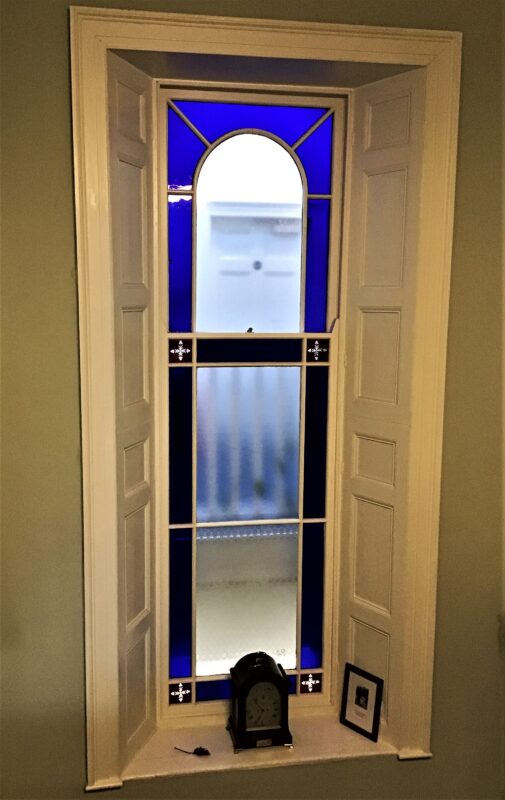
Later, the house was owned by Charles Ross. 150 years on, he is known principally for the bridge that still bears his name, and his supporters would point to the development of Morrab Road as further evidence of his goodwill and forward thinking. But in his own time, Charles Ross had other claims to fame: as the developer of Newlyn harbour, thereafter as the Conservative MP for St Ives constituency, and finally – in 1896 – for misjudgements that led to the spectacular collapse of the Batten, Carne and Carne Bank.
And so the Corporation acquired – at a cost of £3,120 – a fine building and surrounding land. The Town Council enthusiastically set about developing the grounds, but decided that the house should be leased out. The YMCA – at this date, identified with education and the promotion of wholesome living rather than housing provision – was the only formal bidder. “It is hardly likely that a better tenant will come forward,” the Cornish Telegraph suggested, while acknowledging that the Penzance Library – then housed in the Public Buildings, now St John’s Hall – might still be on the lookout for a new home. “We shall see,” the newspaper added darkly, “what we shall see.” Sure enough, a bid from the Library arrived in due course, and although their offer was almost identical to the YMCA’s, it was the Library’s bid that was accepted.
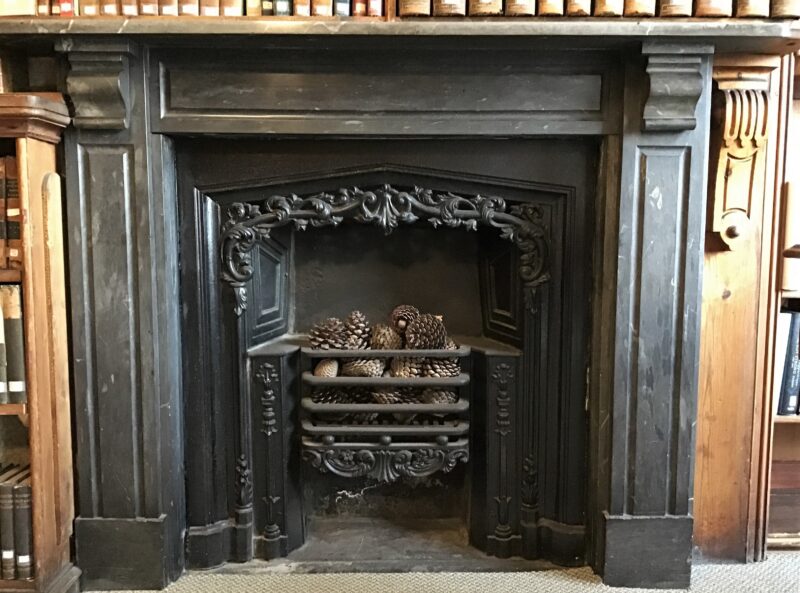
Not everyone, however, was happy with the decision. There were objections about carriages driving through the Gardens (YMCA clients would presumably have arrived on foot or bicycle), and the perceived exclusiveness of the Library. A letter to the Cornish Telegraph later referred to “the ‘class’ legislation which installed a lot of wealthy people in Morrab House.
The Library moved to its new premises in August 1889. The Cornishman reported that “a number of members seemed unwilling to say goodbye” to the old St John’s Hall rooms, and “lingered an hour after closing time.” Anxiety about fire from theatrical shows had prompted their move, and this was not left entirely behind. On the fine September evening when an evening illumination provided a finale for the official opening of the new Gardens, Morrab House remained “shrouded in darkness, the one dismal spot” on account of the Library staff, and “that haunting dread which has driven them from their old home [and] seems to hang over them still.”
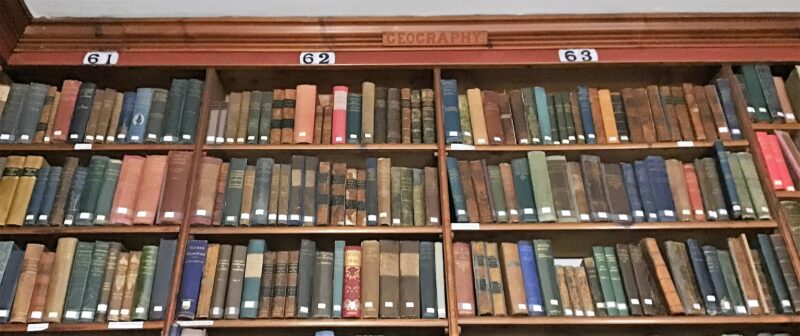
Despite this gloom, floor to ceiling shelves were constructed in most of the rooms. Most of these survive today, as do many of the original fittings throughout the house. You can still glimpse some of the Pidwell’s wallpaper on the walls behind the shelves, admire the marble fireplaces and the rose cornices on the ceiling, and still feel as though you are sitting in a beautiful family home.
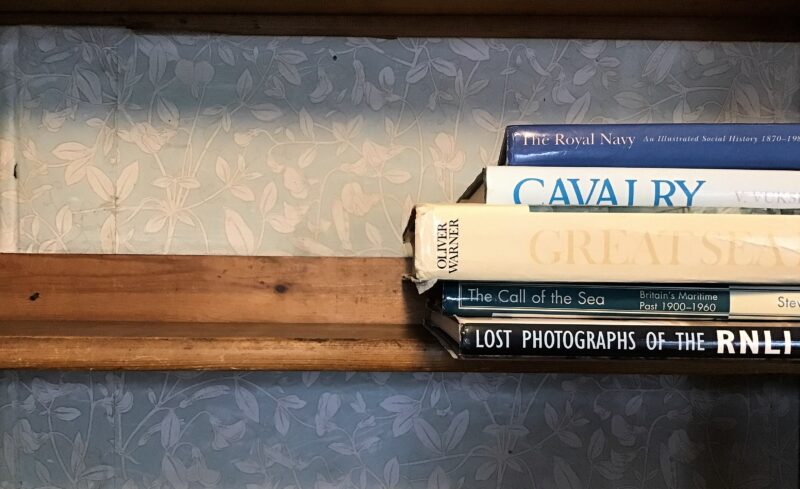
But the real problem at the spacious new premises in 1889 was that the rooms had to be filled. William Bolitho of Ponsandane came forward with a substantial bequest, to be spent on books costing at least two guineas each. Other major bequests and donations followed, perhaps the most significant donor – certainly in terms of volume – being the 1911 bequest of Prebendary Philip Hedgeland, Vicar of St Mary’s Church. Pick books from the shelves in any room – science, literature, classical or modern languages – and you are likely to find that they once belonged to him.
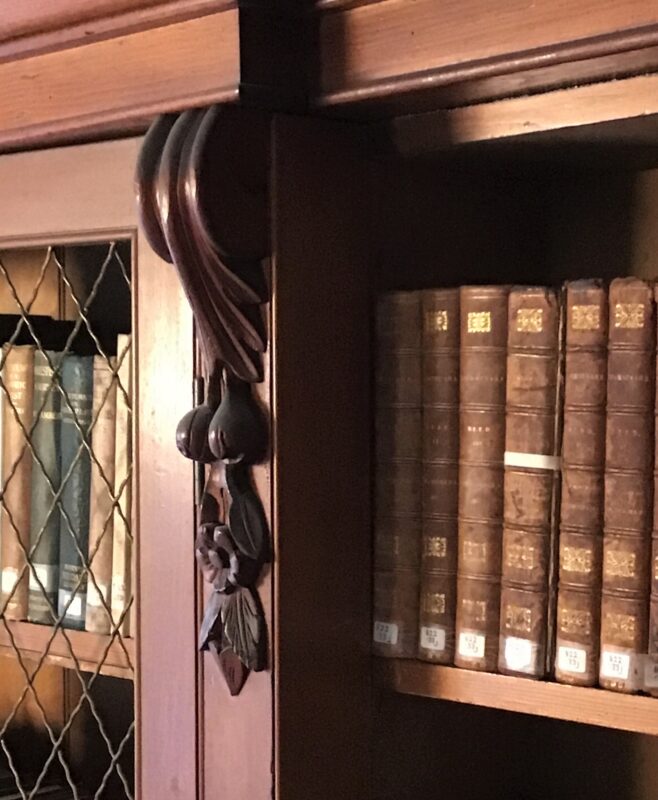
Since then, the Library has certainly had no problem filling its shelves – and although various changes have been made to the building, the original parts remain very much the same as they were in 1889. Lights and other fittings have been updated as times have changed, carpets have been laid (and taken back up again to reveal the wooden floors), wallpaper has been pasted on (and painted over) – and the books have migrated from shelf to shelf and from room to room; but Morrab Library’s quintessential essence remains. Even the major extension to the building in 2013, now housing our art room and Photographic Archive, served to only enhance this remarkable space: Samuel Pidwell’s Morrab House of 1841.
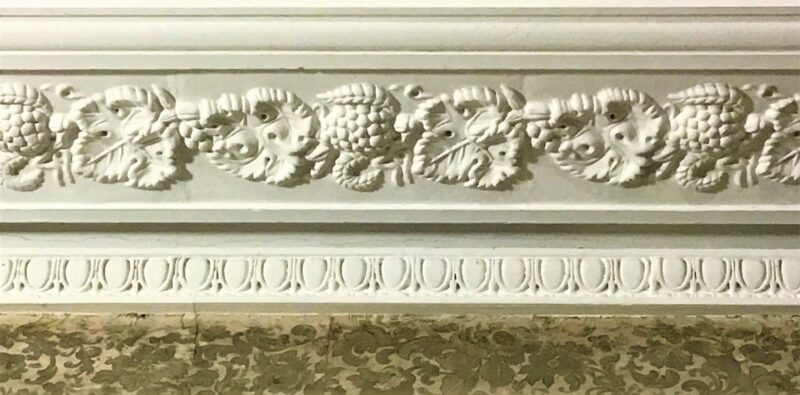
Perhaps the best way to end this blog is to quote the quintessential local author Arthur Quiller Couch:
‘There are hundreds of bigger and finer libraries, but few have a pleasanter tradition, and not one is so beautifully placed. Can a bookish man imagine anything more delightful than a library put together by the taste and care of generations of scholars and students, and set in a garden?’
We think not, Q; …we think not.
Linda Camidge
December 2021
by Lisa Di Tommaso | Oct 22, 2021 | Blog
Here’s a new blog from another of our incredibly talented library members, Karen Taylor, who has just published her latest novel – a thriller!
Penzance is the inspiration for my new thriller Fairest Creatures. And the Morrab Library is where I researched, wrote, and edited so much of it.
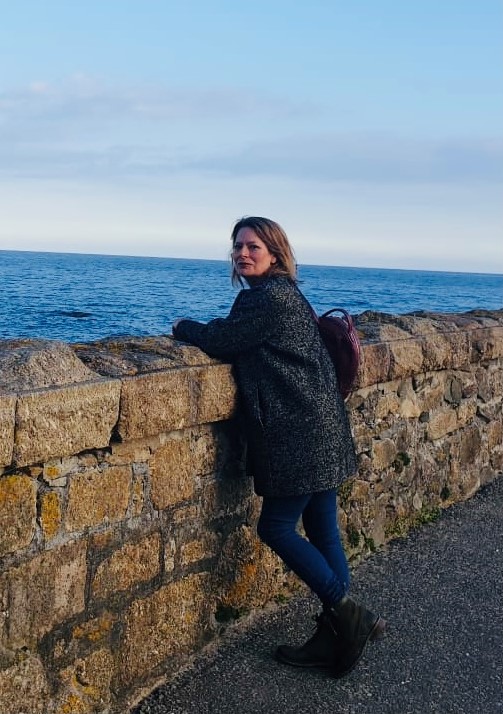
One of the things I learnt on the Creative Writing MA course I went on at the University of East Anglia was how place can be a character. I hope that this comes through in my writing. So many of my ideas were formed on early morning jogs by the sea – and later turned into prose and plot as I hit the keys in my Penzance apartment or in the Literature Room at The Morrab. The library gets a key scene in Dark Arts, the Crime Fiction book I wrote at UEA as my dissertation. But there are so many other places that Cornish readers will recognise in Fairest Creatures – from the Jubilee Pool café, Turks Head and Admiral Benbow to the small, terraced houses lining Bread Street and the panoramic Gurnard’s Head promontory.
Another key inspiration is the art world, so much a part of Cornwall. Although Fairest Creatures is about a serial killer — this is no ordinary predator. He’s someone more interested in wielding a paint brush than a knife. His obsession with the preservation of beauty is his driving force.
I would say that writing the book was one of the easiest parts. It’s a cliché, but once you get into a story and its characters the book almost writes itself. And I had the time. I came up the with the idea in February 2020 on a stormy night in Penzance. I sent the first pages off to the Crime Writers’ Association Debut Dagger competition and, within months, I had been longlisted for the prize, just after the shutters came down on life as we knew it. The first Lockdown. Keys and captivity feature in the book; being locked in my house made writing one of
my only escapes. But all things pass. Restrictions eased, my book found a publisher and I found the perfect local artist to illustrate my cover.
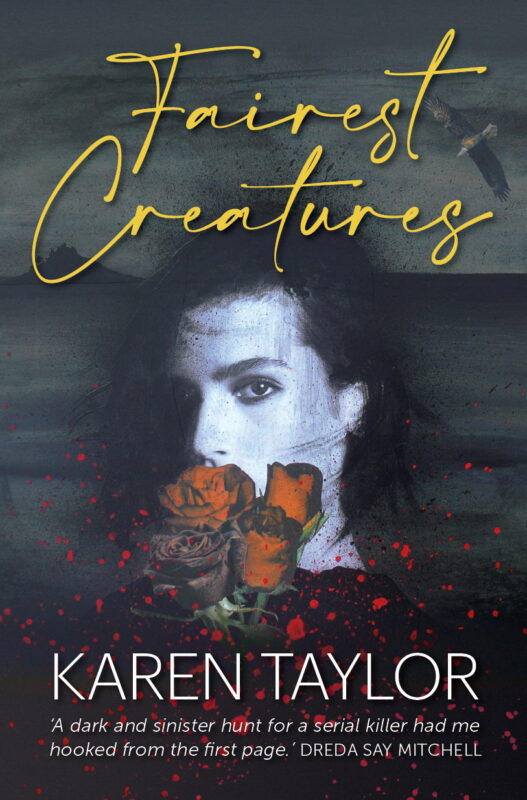
 I knew that the right cover was crucial. My publisher and I had gone through 100s of stock photographs, and we couldn’t agree on any. And then in June this year I went to the Penzance Studios exhibition and discovered Janine Wing. Or, rather, one of her striking portraits caught my eye. The intensity of the look and the mystical style was perfect for a book about art and unknown and sinister forces. Janine agreed to create a new portrait reflecting the book’s central themes.
I knew that the right cover was crucial. My publisher and I had gone through 100s of stock photographs, and we couldn’t agree on any. And then in June this year I went to the Penzance Studios exhibition and discovered Janine Wing. Or, rather, one of her striking portraits caught my eye. The intensity of the look and the mystical style was perfect for a book about art and unknown and sinister forces. Janine agreed to create a new portrait reflecting the book’s central themes.
I have written for a living since my early twenties, as a journalist and editor. But Fairest Creatures realises a lifetime ambition to be a published author. It seemed only right that I would launch the book in Penzance and at the best Library in the whole world.
Fairest Creatures is available to borrow at the library and to buy at independent and major book sellers.
by Lisa Di Tommaso | Oct 7, 2021 | Blog
The 6th October is National Poetry Day and as Morrab Library has a close affinity to poetry we felt we should celebrate this with a special blog from one of our library members…
You cannot be a member of the library for very long before you notice a whole room dedicated to poetry, an extensive (and growing!) collection of poetry itself alongside biographies of poets. Furthermore there are many poets among the members and every fortnight a poetry reading group meets in Gods’ room.
Here are two poems which celebrate libraries…
My First Memory (of Librarians)
Nikki Giovanni, 1943 –
This is my first memory:
A big room with heavy wooden tables that sat on a creaky wood floor
A line of green shades—bankers’ lights—down the center
Heavy oak chairs that were too low or maybe I was simply too short
For me to sit in and read
So my first book was always big
In the foyer up four steps a semi-circle desk presided
To the left side the card catalogue
On the right newspapers draped over what looked like a quilt rack
Magazines face out from the wall
The welcoming smile of my librarian
The anticipation in my heart
All those books—another world—just waiting
At my fingertips.
And here are two modest haiku about our own library from the author of this blog:
Sixty thousand books
Rooms of calm
surrounded by Palms, magnolias
In twenty eighteen
He opened the Morrab door
To heaven on earth
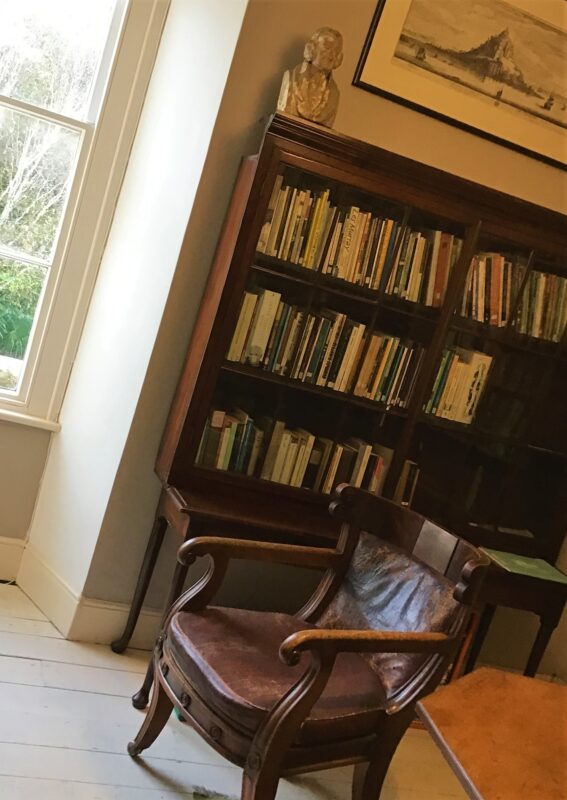
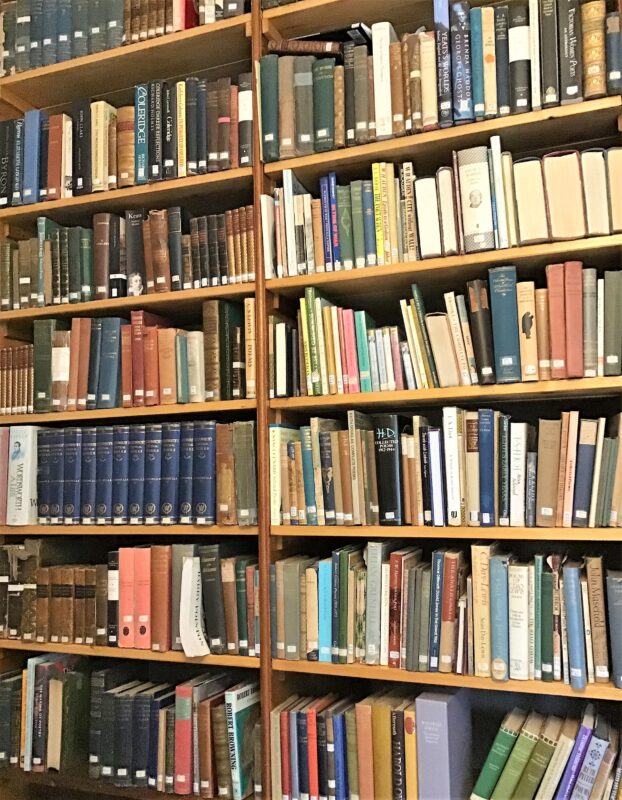
 Figure 1
Figure 1



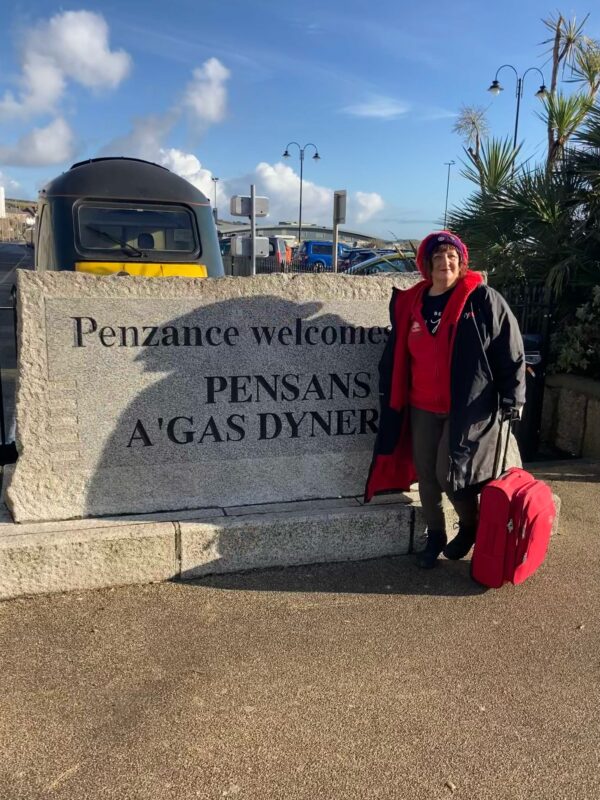
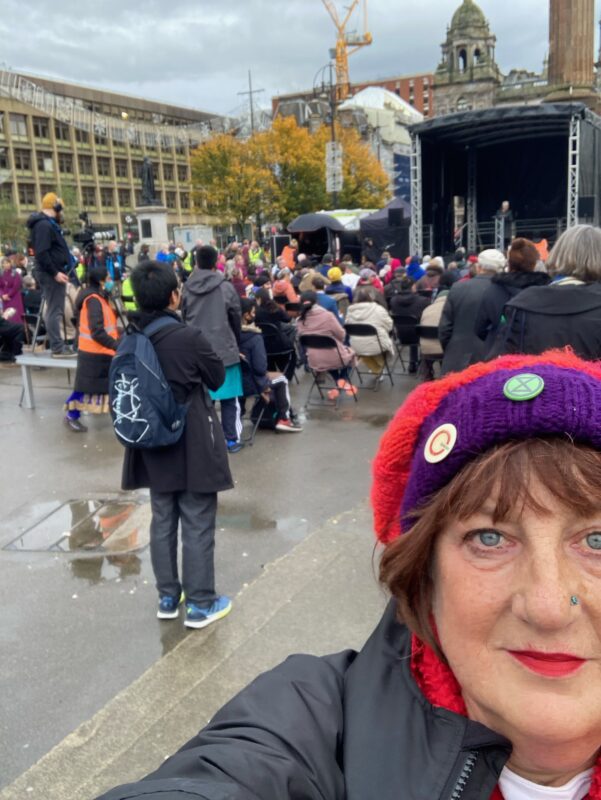
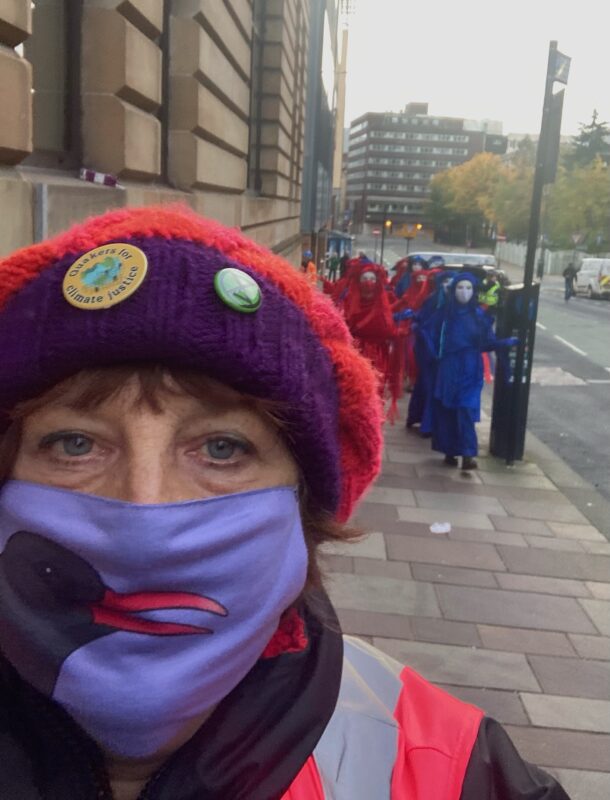
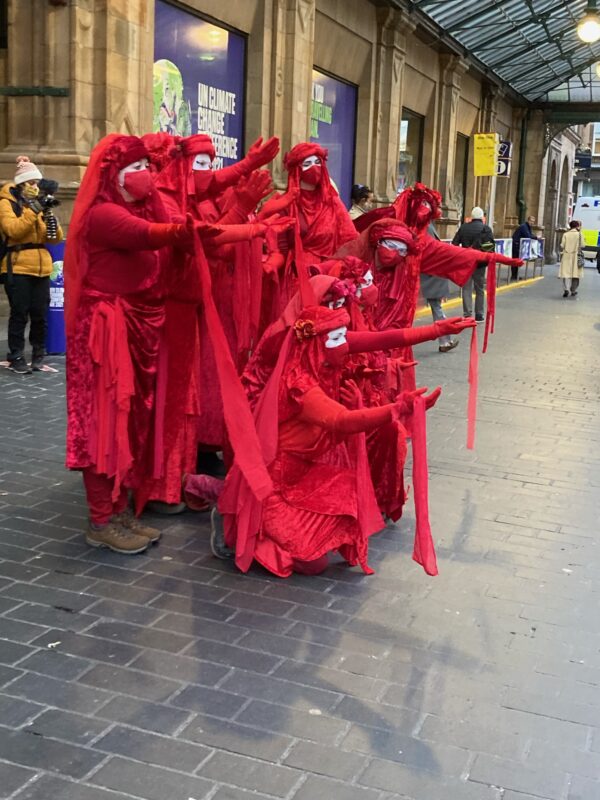
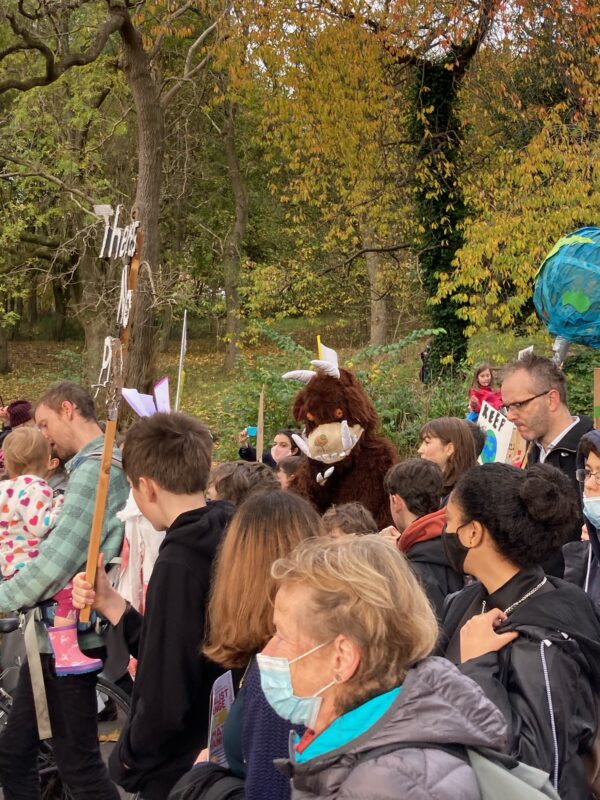
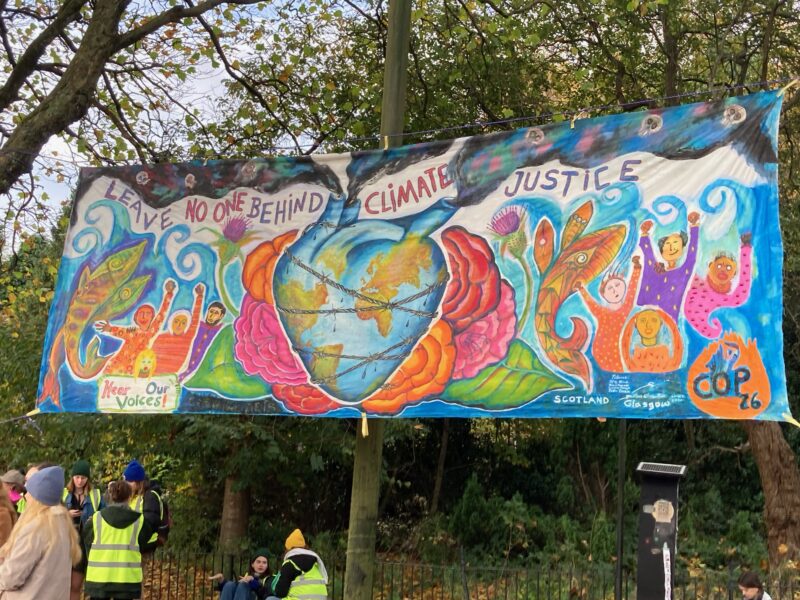










 I knew that the right cover was crucial. My publisher and I had gone through 100s of stock photographs, and we couldn’t agree on any. And then in June this year I went to the Penzance Studios exhibition and discovered Janine Wing. Or, rather, one of her striking portraits caught my eye. The intensity of the look and the mystical style was perfect for a book about art and unknown and sinister forces. Janine agreed to create a new portrait reflecting the book’s central themes.
I knew that the right cover was crucial. My publisher and I had gone through 100s of stock photographs, and we couldn’t agree on any. And then in June this year I went to the Penzance Studios exhibition and discovered Janine Wing. Or, rather, one of her striking portraits caught my eye. The intensity of the look and the mystical style was perfect for a book about art and unknown and sinister forces. Janine agreed to create a new portrait reflecting the book’s central themes.